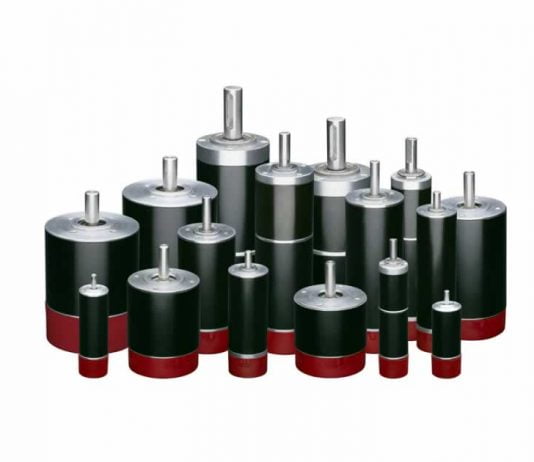DC motors are used in a variety of different industrial and commercial applications. They are available in two forms – brushed and brushless. Depending on the specific application, one type may be preferable over the other.
Regardless of whether a brushed or brushless motor is being used, the speed, torque, and position of the motor can be tightly controlled. The level of control is much higher in a DC motor than it is in an AC motor.
What is a Brushless DC Motor?
Brushless motors are commonly referred to as BLDC Motors or electronically commutators motors (ECM). Unlike brushed DC motors, they do not contain brushes to help spin the motor inside the machine.
BLDC motors use an electronic closed-loop controller that can switch direct current (DC currents) inside the motor. They contain permanent magnets that rotate around an armature that is fixed in place. The commutator that is typically found in a brushed motor is replaced by an electronic control unit.
This switch produces a magnetic field that can rotate the motor in phases or pulses. When the current is switched through the windings, either the direction of the current is reversed or turned off, causing torque in one direction.
Inside a BLDC motor are sensors that help to regulate the rotational degree of the motor and control the frequency of pulses. The sensors send information to the control units inside the motor that activate the rotator coils in phases.
When Are Brushless DC Motors Used?
Brushless motors are preferred over brushed motors in many applications because they have higher durability and require less maintenance. Their power-to-weight ratio is high and they can generate speed with high efficiency.
The brushless nature of the motor eliminates direct contract, meaning there is less friction in the motor. For this reason, BLDC motors are able to last longer and are less prone to wear and tear.
These advantages make brushless DC motors ideal for motors that are used frequently and continuously. BLDC motors are more versatile than brushed alternatives. They can be used in large, powerful industrial machinery.
Construction sites and warehouses often contain several pieces of equipment that contain brushless motors. For example, linear motors, servomotors, and warehouse robotics usually require a BLDC motor to function.
Applications for brushless DC motors include:
- Electric cars, bicycles, and other tech-first automobiles
- Hand-held power tools
- Washing machines
- Record players, CD or DVD players, and turntables
- Hard drives
- Air conditioning or heating systems
- Electric fans
Generally, brushless DC motors are used where reliability and longevity are vital. For example, the engine inside a car needs to function properly every day and is often running continuously for long periods of time.
Using a brushless motor inside the engine will ensure that the vehicle runs smoothly for the driver. The same applies to aircraft engines.


